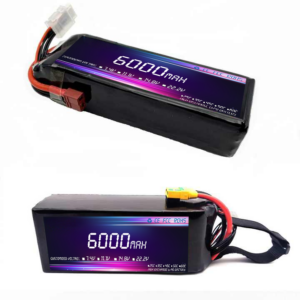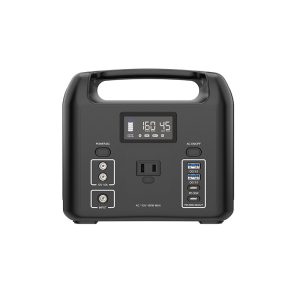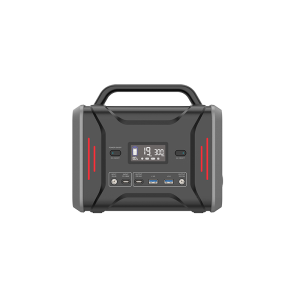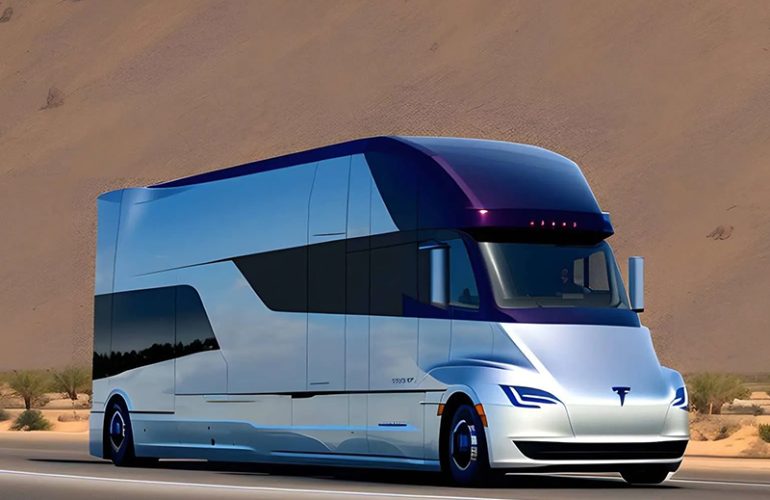Portable power stations have revolutionized the way we access electricity on the trip. These compact and versatile devices provide a convenient and reliable source of power for various applications, ranging from outdoor adventures to emergency situations.
A portable power station, also known as a portable battery pack or a portable power supply, is a self-contained unit that stores electrical energy and can be used to power electronic devices. Unlike a traditional generator, which uses a combustion engine to produce electricity, a portable power station uses a rechargeable battery to store electrical energy. This makes it much quieter and more environmentally friendly than a generator.
Best Portable Power Station:
-
Sale!

Drone Battery Manufacturers
$39.00Original price was: $39.00.$37.00Current price is: $37.00. Enquiry -
Sale!

160W Portable Power Station
$198.00Original price was: $198.00.$168.00Current price is: $168.00. Enquiry -
Sale!

240W Portable Power Station
$326.00Original price was: $326.00.$298.00Current price is: $298.00. Enquiry -
Sale!

500W Portable Power Station
$586.00Original price was: $586.00.$548.00Current price is: $548.00. Enquiry -
Sale!

300W Hour Portable Power Station
$423.00Original price was: $423.00.$389.00Current price is: $389.00. Enquiry
Portable Power Station Features:
- Portable power stations come with a range of features that make them highly functional and user-friendly.
- Battery Capacity: Portable power stations are equipped with high-capacity lithium-ion battery, ranging from a few hundred watt-hours to several kilowatt-hours. The capacity determines the amount of power the station can provide.
- AC and DC Outputs: These stations offer a combination of AC outlets, USB ports, DC cigarette lighter sockets, and even USB-C ports to accommodate different devices and appliances.
- Solar Charging: Many portable power stations can be recharged using solar panels, providing a sustainable and off-grid charging solution.
- Compact Design: Portable power stations are designed to be lightweight and compact, easy for transportation and storage.
Portable Power Station Applications:
- Camping and Outdoor Adventures: Power stations can power camping lights, portable refrigerators, fans, smartphones, laptops, and other camping equipment.
- Emergency Power Backup: During power outages, these stations can keep essential devices like medical equipment, communication devices, and lights running.
- Remote Work and Travel: Portable power stations enable remote workers and digital nomads to power their laptops, monitors, and other devices while on the move.
- Outdoor Events and Tailgating: Power stations can provide electricity for speakers, projectors, grills, and other appliances used during outdoor gatherings.
Portable Power Station Advantages:
- Portability: The lightweight and compact design of these stations allows for easy transportation and use in various locations.
- Noise-free Operation: Unlike gas generators, power stations operate silently, making them ideal for quiet environments such as campsites and residential areas.
- Environmentally Friendly: Portable power stations produce zero emissions, promoting cleaner and greener energy solutions.
- User-friendly: With simple interfaces and plug-and-play functionality, power stations are easy to use
How to use and maintain a portable power station:
Using a portable power station is relatively simple, but there are a few key steps to follow to ensure it works properly and lasts for years to come.
To use a portable power station:
- Charge the battery: Before using your portable power station, be sure to fully charge the battery. This will ensure that you have enough power to power your devices. Most portable power stations can be charged via a wall outlet, a car charger, or a solar panel.
- Connect your devices: Once the battery is fully charged, connect your electronic devices to the portable power station using the appropriate outlets and ports. Make sure to follow the instructions provided by the manufacturer to avoid damaging your devices or the portable power station.
- Turn on the portable power station: Once your devices are connected, turn on the portable power station. This will begin delivering electricity to your devices.
To maintain your portable power station:
- Charge the battery regularly: To ensure that your portable power station is always ready to use, be sure to charge the battery regularly, even if you’re not using it. This will help to maintain the battery’s health and extend its lifespan.
- Keep the battery cool: To help extend the lifespan of the battery, be sure to keep it cool. Avoid exposing the battery to extreme heat or cold, as this can damage the battery and reduce its performance.
- Use the correct charging equipment: To ensure that your portable power station is charged safely and efficiently, be sure to use the correct charging equipment. This may include a wall charger, a car charger, or a solar panel. Avoid using third-party charging equipment, as this may not be compatible with your portable power station and could damage the battery.
- Follow the manufacturer’s instructions: To ensure that your portable power station works properly and lasts for years to come, be sure to follow the manufacturer’s instructions for use and maintenance. This includes charging the battery, connecting devices, and cleaning and storing the portable power station.
A battery management system is an integral part of portable power stations. It performs critical functions such as monitoring the battery status, preventing overcharging and discharging, balancing the cell voltages, and protecting against short circuits and overheating. The BMS ensures the safe and efficient operation of the power station’s battery.
Battery Safety:
- Overload Protection: The power station automatically shuts off if the load exceeds the rated capacity, preventing damage to the battery and connected devices.
- Short Circuit Protection: In the event of a short circuit, the power station cuts off the power supply to avoid potential hazards.
- Overheating Protection: If the internal temperature of the power station exceeds safe limits, it activates thermal protection to prevent damage and ensure user safety.
How does a portable power station work?
A portable power station consists of a battery, a power inverter, and a set of outlets or ports for connecting electronic devices. The battery stores electrical energy, which is then converted by the power inverter into the type of electricity needed by your devices (e.g. AC or DC power). The converted electricity is then delivered to your devices through the outlets or ports.
What to look for when shopping for a portable power station:
When shopping for a portable power station, there are several key factors to consider, including the size and weight of the unit, the type of battery it uses, the amount of power it can provide, and the number and types of outlets or ports it has.
Size and weight
A portable power station should be small and lightweight enough to be carried easily, but it should also be large enough to provide the amount of power you need. Consider the size and weight of the portable power station, as well as the size and weight of the battery and any accessories you may need, such as a carrying case or solar panels.
Battery type
Portable power stations use different types of battery, including lithium-ion, lead-acid, and nickel-metal hydride. Each type of battery has its own advantages and disadvantages, so it’s important to choose the right one for your needs.
For example, lithium-ion battery are lightweight and have a high energy density, but they can be expensive and may not last as long as other types of battery. Lead-acid battery, on the other hand, are heavier and have a lower energy density, but they are less expensive and may last longer.
Power output
The amount of power a portable power station can provide is measured in watts. When shopping for a portable power station, it’s important to consider the wattage you need to power your devices. For example, if you need to power a laptop and a smartphone, you may only need a portable power station with a few hundred watts of power. However, if you need to power a refrigerator, a television, and several other appliances, you may need a portable power station with thousands of watts of power.
Outlets and ports
The number and types of outlets and ports on a portable power station will determine how many and what types of devices you can power. Most portable power stations have at least one AC outlet, which can be used to power appliances that require standard household electricity. Some portable power stations also have DC outlets, which can be used to power devices that require DC power, such as laptops and smartphones. In addition, many portable power stations have USB ports, which can be used to charge devices such as smartphones and tablets.
When shopping for a portable power station, it’s important to consider the types of outlets and ports you need to power your devices. This will help you choose a portable power station with the right number and types of outlets and ports for your needs.
FAQ:
Are portable power stations safe to use indoors?
Yes, portable power stations are safe for indoor use as they produce no fumes or emissions.
Can I charge a power station while using it to power devices?
Yes, most power stations support pass-through charging, allowing you to recharge the battery while simultaneously using the power outputs.
How long will a portable power station run?
Lower-wattage teams can only provide roughly 10 hours of emergency power, whereas higher-wattage units can give several days of power.
Is it worth buying a portable power station?
Portable power stations are a very practical gadget. Their functionality makes them invaluable during long journeys by car or camper, during hiking or business trips. Users are happy to use the station if they have devices with high energy consumption to charge, such as a laptop or drone.
Can portable power stations be used indoors?
In an emergency, they offer some major advantages over gas-powered portable generators, despite not being as powerful. Portable power stations are silent and free of emissions, which means you can use them safely inside a house during a blackout.




